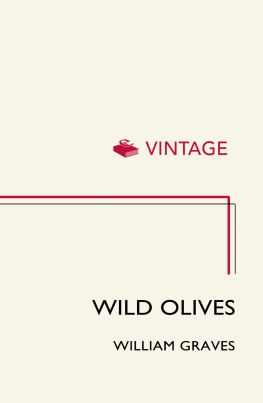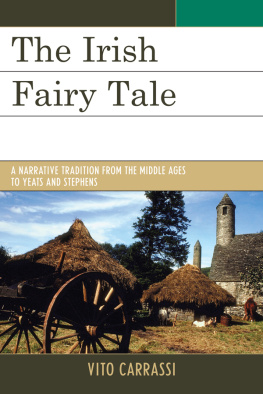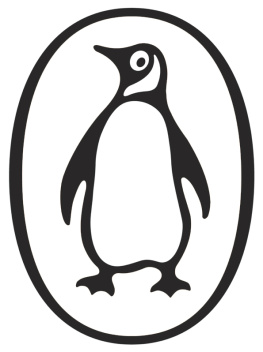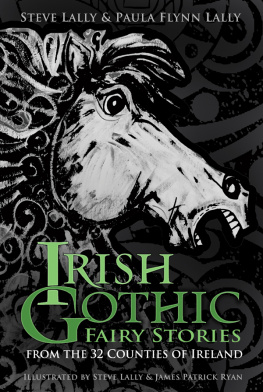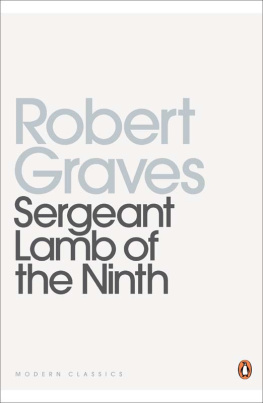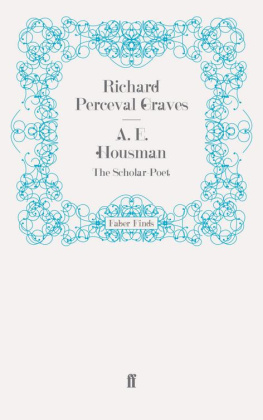Bibliographical Note
This Dover edition, first published in 2005, is an unabridged republication of the work originally published in 1909 by Frederick A. Stokes, Co., New York.
Library of Congress Cataloging-in-Publication Data
Graves, Alfred Perceval, 18461931.
The Irish fairy book / Alfred Perceval Graves ; illustrated by George Denham.
p. cm.
Summary: A collection of more than forty folk and fairy tales from Ireland, featuring such characters as Cuchulain, leprechauns, and pookas, as retold by various authors including Lady Wilde, Joseph Sheridan Le Fanu, and Alfred Tennyson.
9780486148212
1. Fairy talesIreland. 2. TalesIreland. [1. Fairy tales. 2. FolkloreIreland.] I. Denham, George, ill. II. Title.
PZ8.G749Ir 2005
[398.2]dc22
2005041155
Manufactured in the United States of America
Dover Publications, Inc., 31 East 2nd Street, Mineola, N.Y. 11501
preface
IRISH Fairy Lore has well been called by Mr. Alfred Nutt, one of the leading authorities on the subject, As fair and bounteous a harvest of myth and romance as ever flourished among any race, and Dr. Joyce, the well-known Irish scholar and historian, states : that it is very probable that the belief in the existence of fairies came in with the earliest colonists that entered Ireland, and that this belief is recorded in the oldest of native Irish writings in a way that proves it to have been, at the time treated of, long established and universally received.
Colgan himself supplies us with the name and derivation of the Irish word for fairy, Sidh (shee), still used throughout the country. Fantastical spirits, he writes, are by the Irish called men of the Sidh, because they are seen, as it were, to come out of the beautiful hills to infest men, and hence the vulgar belief that they reside in certain subterranean habitations; and sometimes the hills themselves are called by the Irish Sidhe or Siodha.
In Colgans time, then, the fairy superstition had passed from the upper classes, gradually disenthralled of it by the influence of Christianity to the common people, among whom it is still rife. But it is clear that in the time of St. Patrick a belief in a world of fairies existed even in the Kings household, for it is recorded that when the two daughters of King Leary of Ireland, Ethnea the fair and Fedelma the ruddy, came early one morning to the well of Clebach to wash, they found there a synod of holy bishops with Patrick. And they knew not whence they came, or in what form, or from what people, or from what country; but they supposed them to be Duine Sidh, or gods of the earth, or a phantasm.
As suggested, the belief of the Princesses obtains to this very day amongst the peasantry of remote districts in Ireland, who still maintain that the fairies inhabit the Sidhe, or hills, and record instances of relations and friends being transported into their underground palaces.
The truth is that the Gaelic peasant, Scotch and Irish, is a mystic, and believes not only in this world, and the world to come, but in that other world which is the world of Faery, and which exercises an extraordinary influence upon many actions of his life.
We see in the well-known dialogue between Oisin (Ossian) and St. Patrick, and in other early Irish writers, how potent an influence Druidism, with its powers of concealing and changing, of paralysing and cursing, had been held to be in the days when the Irish worshipped no hideous idols, but adored Beal and Dagdae, the Great or the Good God, and afterwards Aine, the Moon, Goddess of the Water and of Wisdom, and when their minor Deities were Mananan Mac Lir, the Irish Neptune, whose name is still to be found in the Isle of Man; Crom, who corresponded to Ceres; Iphinn, the benevolent, whose relations to the Irish Oirfidh resembled those of Apollo towards Orpheus. The ancient Irish owed allegiance also to the Elements, to the Wind, and to the Stars.
Besides these Pagan Divinities, however, and quite apart from them, the early Irish believed in a hierarchy of fairy beings, closely analagous to us humans, supposed to people hill and valley, old road and old earth-mound, lakes and rivers, and there to exercise a constant, if occult, influence upon mankind.
Various theories have been advanced to account for their origin. Some call these fairies angels outcast from heaven for their unworthiness, yet not evil enough for hell, and who, therefore, occupy intermediate space.
Others suggest that they are the spirits of that mysterious early Irish race, the Tuatha da Danann, who were driven by their conquerors, the Milesians, to become men of the hills, if not cave and lake dwellers, in order to avoid the extermination that ultimately awaited them. Their artistic skill and superior knowledge evidenced to this day by remarkable sepulchral mounds, stone-inscribed spiral ornamentation, and beautiful bronze spearheads, led them to be accounted magicians, and Mr. Yeats and others of his school favour the idea that the minor deities of the early Irish above referred to were the earliest members of the Tuatha da Danann dynasty, and that we here have a form of that ancestor worship now met with amongst the Chinese and Japanese.
Dr. Joyce does not hold, however, that the subjugation of the Tuatha da Dananns, with the subsequent belief regarding them, was the origin of Irish fairy mythology.
The superstition, no doubt, existed long previously; and this mysterious race, having undergone a gradual deification, became confounded and identified with the original local gods, and ultimately superseded them altogether.
But whatever their origin, supernatural powers evil and beneficent were supposed to attach to them such as the power of spiriting away young married women to act as fairy nurses, and their infants to replace fairy weaklings, or again the power of conferring wealth, health, and prosperity where a certain ritual due to them had been performed by their human allies.
The injurious powers of malevolently disposed fairies can only be met, according to popular belief, by wizards and wise women, who still exercise their arts in remote districts of Gaelic-speaking Ireland and Scotland.
These fairies are supposed to be life-sized, but there was another class of diminutive preternatural beings who came into close touch with man.
Amongst these were the Luchryman (Leith-phrogan) or brogue (shoe) maker, otherwise known as Lepracaun. He is always found mending or making a shoe, and if grasped firmly and kept constantly in view will disclose hid treasure to you or render up his sporan na sgillinge or purse of the (inexhaustible) shilling. He could only be bound by a plough chain or woollen thread. He is the type of industry which, if steadily faced, leads to fortune, but, if lost sight of, is followed by its forfeiture.
Love in idleness is personified by another pigmy, the Gean-canach (love-talker). He does not appear like the Luchryman, with a purse in one of his pockets but with his hands in both of them and a DUDEEN (ancient Irish pipe) in his mouth as he lazily strolls through lonely valleys making love to the foolish country lasses and gostering with the idle boys.
To meet him meant bad luck, and whoever was ruined by ill-judged love was said to have been with the Gean-canach.
Another evil sprite was the Clobher-ceann, a jolly, red-faced drunken little fellow, always found astride on a wine-butt and drinking and singing from a full tankard in a hard drinkers cellar, and bound by his appearance to bring its owner to speedy ruin.




